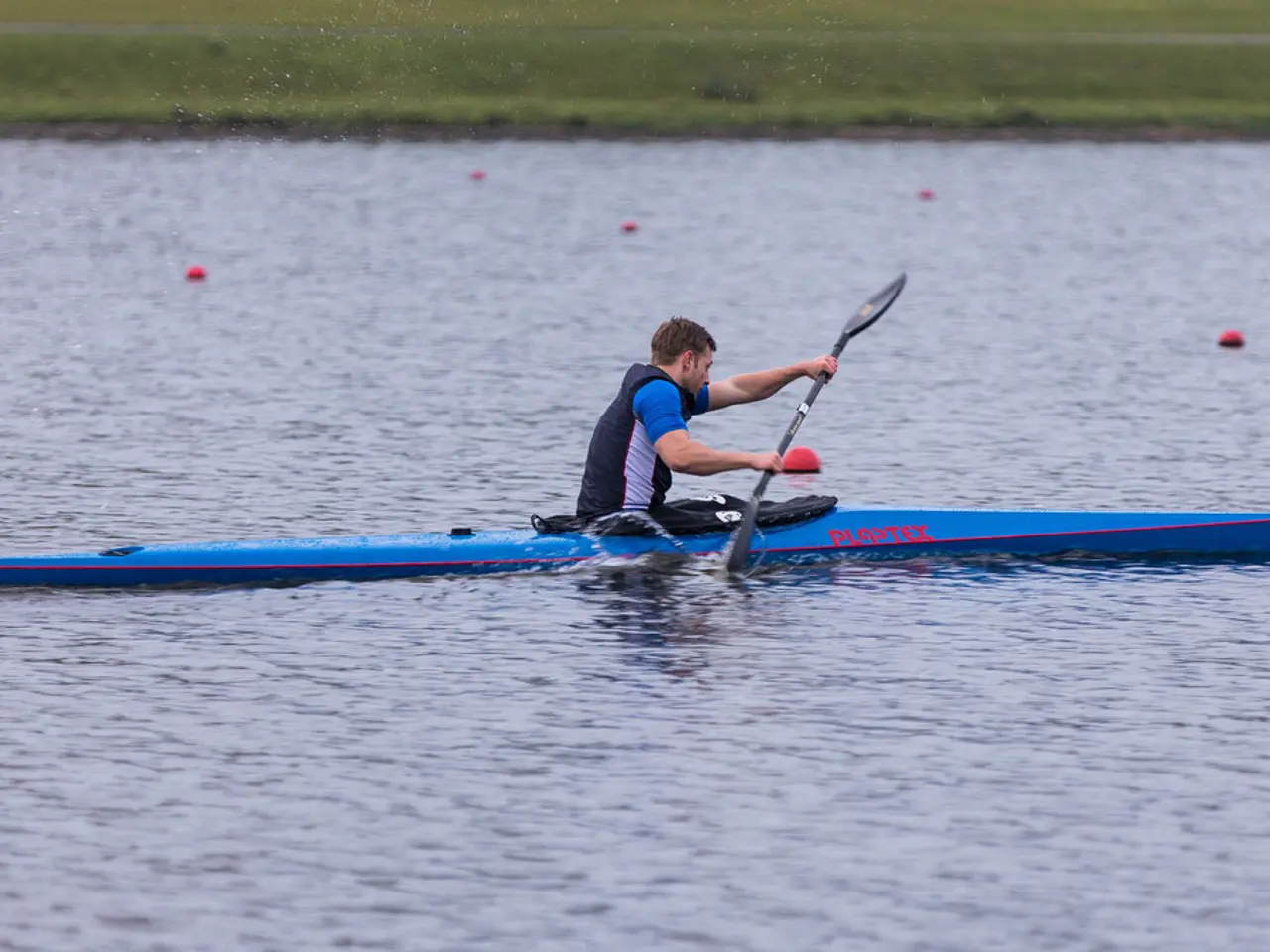Selecting the Ideal Kayak: A Guide
When embarking on a kayaking adventure, selecting the right kayak is crucial to ensure a safe and enjoyable experience. Here are some key factors to consider when choosing the perfect kayak for your needs and skill level.
Purpose and Environment
Determine where you'll be kayaking, whether it's flatwater lakes, rivers, rough coastal waters, or the sea. Kayak designs differ in hull shape and length based on intended use—longer kayaks for speed and tracking in rough or open water; shorter models for easier maneuvering in tight or calm areas.
Kayak Type
Sit-on-top kayaks offer ease of entry and better self-rescue, ideal for warm climates and casual paddling. Sit-in kayaks provide better protection from elements, preferred for rough or cold water. Single kayaks suit solo paddlers seeking more control, while tandem kayaks are built for two people, sharing load and paddling effort.
Length and Width (Dimensions)
Longer kayaks generally track better and move faster but are harder to turn; shorter models offer more agility but less speed. Wider kayaks provide greater stability, beneficial for beginners or fishing, but increase drag.
Stability vs. Speed Trade-off
Beginner kayakers or those prioritizing stability should select wider, flatter hulls. Experienced paddlers seeking speed and performance may prefer narrower, V-shaped or rounded hulls that require more skill.
Weight and Portability
Consider the kayak’s weight relative to your ability to transport and carry it. Inflatable models are lighter and easier to store but may have trade-offs in durability or speed.
Material and Durability
Kayak material affects durability and performance. Common materials include roto-molded plastic (durable and affordable), composite materials like carbon or Kevlar (lightweight and strong but costlier), and reinforced PVC for inflatables.
Capacity and Fit
The kayak’s maximum weight capacity must comfortably support you plus gear (and a second paddler if tandem). Proper seat fit and ergonomic comfort are crucial, especially for long trips. Test seating to avoid discomfort or cramped posture.
Skill Level Considerations
Beginners benefit from stable, easy-to-handle kayaks with forgiving hulls. Intermediate and advanced paddlers can handle kayaks designed for specific conditions like whitewater, touring, or rough sea conditions that require better maneuverability and performance features such as skegs or rudders.
Essential Safety Gear
First Aid Kits are necessary for minor injuries. Whistles are essential for signaling in case of emergency. Personal Flotation Devices (PFDs) are required by law in many areas.
Popular Choices
Recreational kayaks are usually wider for added stability, making them ideal for beginners. Plastic kayaks are affordable, durable, and suitable for beginners. Touring kayaks, ranging from 12 to 18 feet in length, can accommodate overnight camping gear and food supplies. Inflatable kayaks have increased in popularity due to their lightweight and portability.
Specialised Kayaks
Touring kayaks, or sea kayaks, are optimized for longer journeys and are well-suited for intermediate to advanced paddlers. Whitewater kayaks are designed for intense rapids and feature shorter bodies and rounded hulls for quick turns in turbulent waters. Carbon fiber kayaks offer the best performance but are pricier and ideal for serious paddlers.
In summary, the ideal kayak matches your intended use, skill level, physical fit, and transportation ability, balancing stability, speed, comfort, and durability accordingly. For example, a beginner paddler on calm waters might choose a stable, wider sit-on-top kayak, while an experienced paddler tackling rough sea conditions might prefer a longer, narrower sit-in kayak made of durable composite materials with features enhancing tracking and safety. Different kayaking experiences require different designs, so it's important to consider how you plan to use the kayak before making a decision.
- After a long day kayaking, you might enjoy relaxing in your outdoor-living space, savoring the tranquility of home-and-garden, reminiscing about the day's sports.
- Kayaking is not only an appealing sports activity for outdoor-living enthusiasts, it also complements the lifestyle of home-and-garden lovers by offering an opportunity to experience nature up close.




